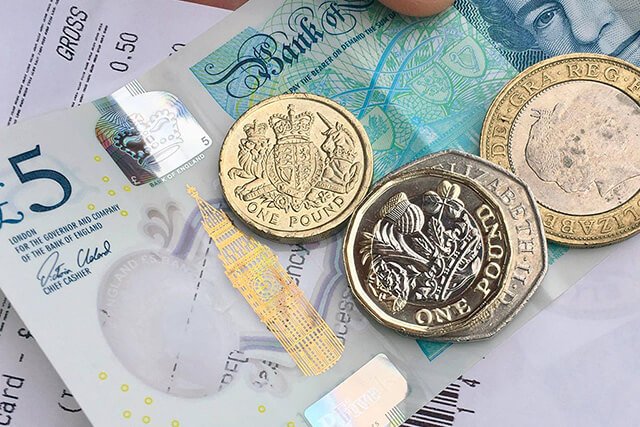Taking strong interest in blockchain, cryptocurrencies, and IoT, Tatsiana Yablonskaya got deep understanding of the emerging techs believing in their potential to drive the future.
The Royal Mint and CME Group first unveiled Royal Mint Gold (RMG) in November 2016 and announced the launch later this year. RMG is a new digital gold spot product with blockchain being its digital infrastructure. A transparent ledger of ownership and lower costs will make gold available for trade, thus changing the way gold is traded, executed and settled.
“Distributed ledger technology is a game changer and supplying gold on a blockchain has been something The Royal Mint has wanted to develop for some time,” says Vin Wijeratne, CFO of The Royal Mint. “Developing a trading platform with CME Group will satisfy customer demands for faster, cost effective and secure ways to buy, hold and sell gold and complement our existing products. This landmark partnership allows us to combine the world’s leading mint, the best commodities futures trading platform globally and best in class technology.”
Today, BitGo announced that it enters a partnership with CME and TRM to help developing the blockchain for RMG. The project is now in alpha testing and transactions are being conducted end-to-end. BitGo makes the code available for public here and welcomes developers, cryptographers, and security researchers to review it. The digital trading platform for RMG is based on technology from AlphaPoint.
It is interesting that the blockchain does not contain experimental cryptographic functions or algorithms that have not been thoroughly tested and proven in existing blockchain systems. Instead, it uses only trusted, proven technology.
The RMG project differs from other blockchains as it is being developed for the security and digitization of a single asset.
BitGo states that the blockchain is developed for safety from the ground up:
- All wallets are multi-signature and the loss of one key doesn’t cause negative consequences for the whole RMG blockchain.
- The blockchain is immune to “black holes”. Thus, users can be sure that they will not send funds to an invalid address.
- To start transacting, all parties are necessarily identified.
Sandra Ro, head of digitization at CME Group, says that RMG is expected to provide speed, security and transparency for gold trading.
“An RMG is a digital representation of real gold sitting in the Royal Mint vaults,” Ro says. “When you purchase RMGs you will effectively have real gold that is allocated from a direct ownership standpoint that is completely reserved – there is no re-hypothecation, there is no lending on that gold, there will be enough physical gold to represent all the RMGs that are issued.”
The RMG system will separate powers and divide the process into the following roles: asset issuer, validators, peer-to-peer network nodes, and account providers.
The development of RMG represents a huge milestone for digital assets. It is the first time when a government owned treasury, top-tier financial institutions, and technology companies have partnered to revolutionize a major market. The collaboration between blockchain solution providers and mainstream financial institutions creates new economic opportunities across a range of markets.





